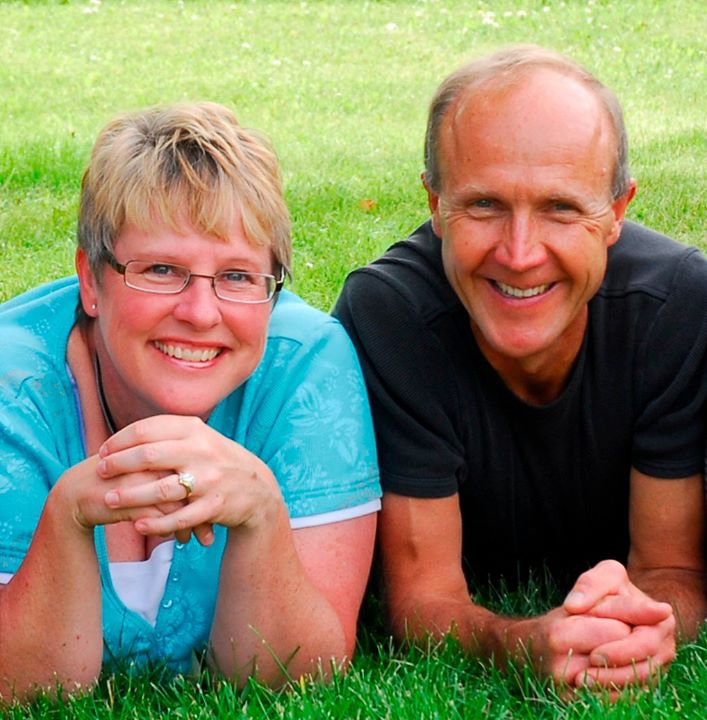“WHOA GIRLS. DON’T BE AFRAID. SHE’S THE SAME AS YOU!”
The heifers stampeded across the pasture and right through the fence. There were posts popping, wires whining, bovines bellowing. I had not planned this rodeo.
I recently bought three groups of year-old heifers to graze the grass on our small farm, Ohlers’ Acres. Two groups were Black Angus – totally black. When I turned them together, it was if they were long-lost cousins – immediate friends, even though they were from different farms.
Then I hauled in a heifer from the third farm. This animal was yellowish with a white face. When I let her out of the trailer, the hullabaloo happened.
Through my years of working with cattle, I have finally learned that once an episode like this starts, it is out of my control. Rather than cussing, swearing, and raising my blood pressure, I might as well sit, watch the show, and see if I can learn something.
It occurred to me that this episode was about the same as watching the integration of a new child at a playground, a newcomer in a community, or a new member of an association or organization.
We may feel very comfortable with our own group, our own herd. We may not like everyone, but we know them and know what to expect in our interactions. It is safe inside of our protected little pasture.
And then the newcomer arrives. We may attack, run, or hide because we are afraid.
“Afraid? No way. I ain’t afraid of nothin’ or nobody.”
At a conscious level, we likely deny that we are afraid. At an unconscious level, we are afraid. We don’t know or understand the newcomer, so we avoid the person physically, verbally, and socially. Most times we are not consciously aware that we are doing it.
I don’t believe that most of us intentionally want to be rude or hurtful to others. And yet, out of our fear, out of our lack of understanding, we may do just that to protect ourselves. We may ignore, resist talking, and be just plain un-neighbourly.
I’ve been the newcomer many times, and I’ve also been part of the herd. Each role can be uncomfortable and it can be exciting with a positive approach and attitude.
It takes an incredible amount of courage to be the newcomer and to strive to become one of the herd. There are so many new faces, attitudes, judgments, and perceptions to break through.
It also takes courage to break from the herd and to include the newcomer. I have found this move to be very rewarding and have gained many great long-term friends this way.
Next time you become aware of a newcomer to your organization or neighbourhood, rise above the bovine brain and give this a-go:
– step away from the herd, or your comfort zone, and approach the newcomer with a welcoming smile
– introduce yourself
– ask questions about his/her life (dreams, desires, passions, family, etc.)
– listen intently with a genuine desire to learn about his/her life
– refrain from talking about yourself, unless they ask and then only briefly
– offer to introduce him/her to others in the group.
As humans, we like to feel valued, respected, and included. We like to be a part of the herd.
Consciously using these tips feels good for both parties, and may inspire newcomers to become involved and committed to growing healthy organizations and communities.
We may have different skin, hair, spiritual and sexual preferences. But at the core, our hearts work the same wonderful way.
Now excuse me. I have a lesson to teach in the pasture before the next load of heifers arrives.


